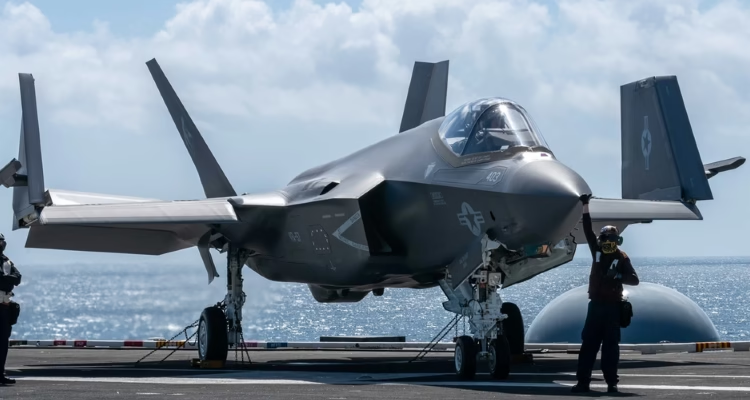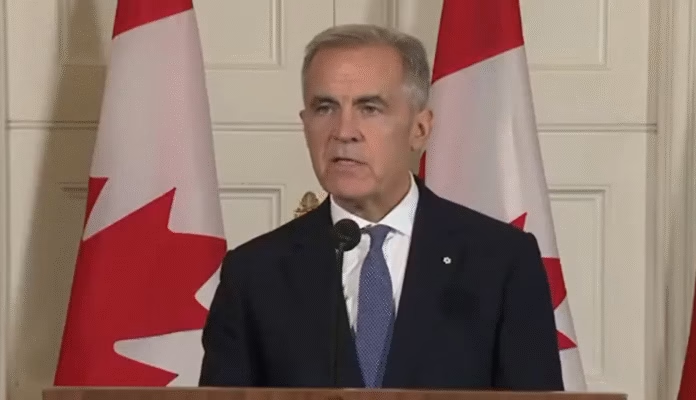
Focus Shifts to Indigenous AMCA and Strategic Autonomy
New Delhi: India has formally conveyed to the United States that it will not pursue the procurement of the F‑35 stealth fighter jets offered by Washington earlier this year. The move reflects New Delhi’s strategic shift toward self-reliance in defense production and a cautious approach to high-value foreign military acquisitions.
According to official statements made in the Lok Sabha, the government clarified that no formal discussions or negotiations had taken place regarding the F‑35 deal. The clarification came amid speculation following former U.S. President Donald Trump’s public offer during Prime Minister Narendra Modi’s visit to Washington in February.
Sources in the defence establishment suggest that while the F‑35 remains one of the most advanced fighter platforms globally, the decision was influenced by several operational and strategic concerns—including its steep costs, integration complexities, and stringent end-user monitoring protocols imposed by the U.S.
“The F-35 is not a washing machine that one can purchase based on appearance. It has to meet our long-term operational needs and sovereign requirements,” a senior official in the Indian Air Force said earlier.
India is instead doubling down on its homegrown fifth-generation stealth fighter programme—the Advanced Medium Combat Aircraft (AMCA)—which is currently in the advanced design and testing phase. Defence experts view the AMCA as central to India’s long-term strategic goal of becoming self-sufficient in critical defense technologies.
Additionally, New Delhi is also keeping an eye on foreign platforms like the Russian Su‑57, though past efforts for collaboration on the Fifth Generation Fighter Aircraft (FGFA) were shelved over concerns about cost-sharing and technology transfer.
The latest development comes against the backdrop of growing trade tensions between India and the United States, especially after Washington imposed a 25% tariff on key Indian exports starting from August. While both nations continue to maintain strong defense ties, India’s decision signals its preference for defense agreements that are aligned with its national priorities, strategic autonomy, and industrial capacity-building goals.
Defense analysts believe the move is consistent with India’s calibrated approach to foreign arms purchases, avoiding dependency on any single nation while strengthening its indigenous capabilities.



